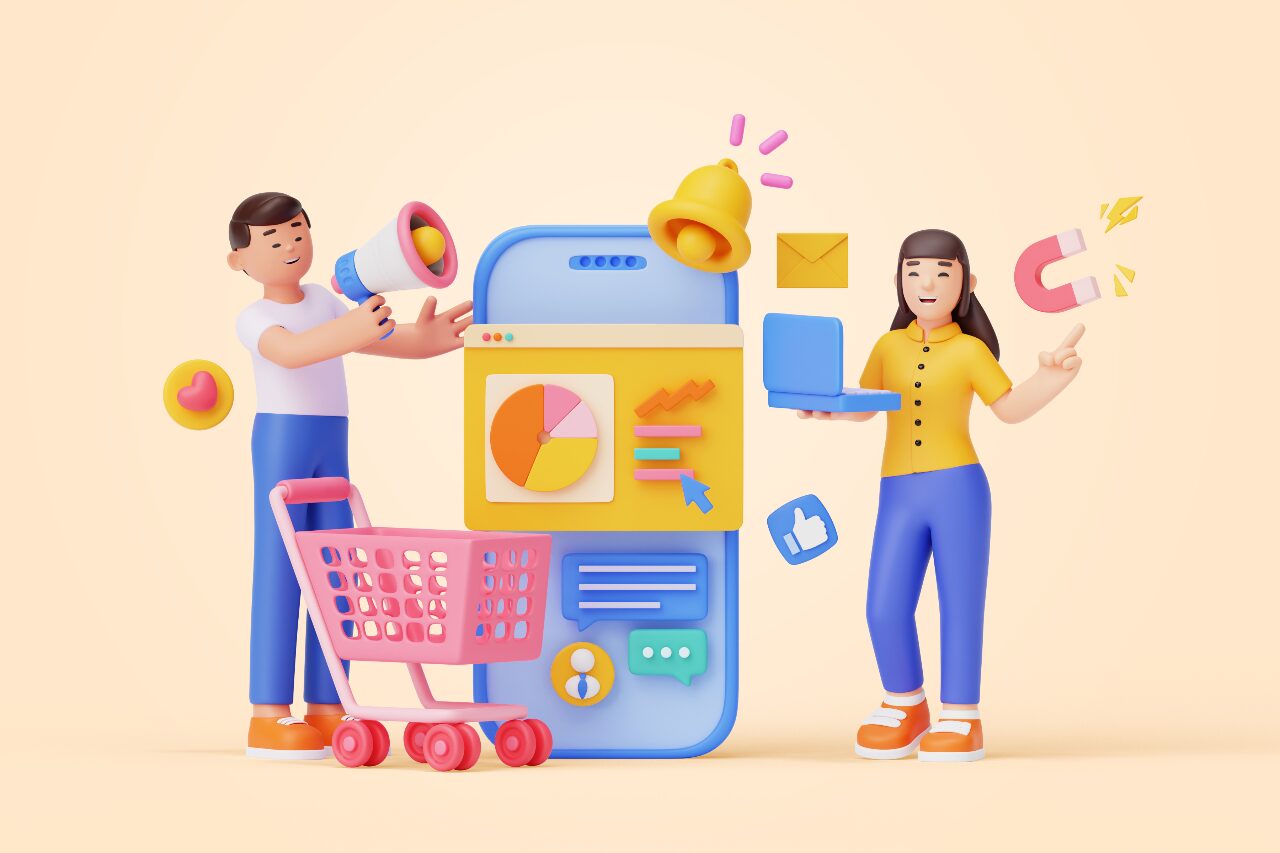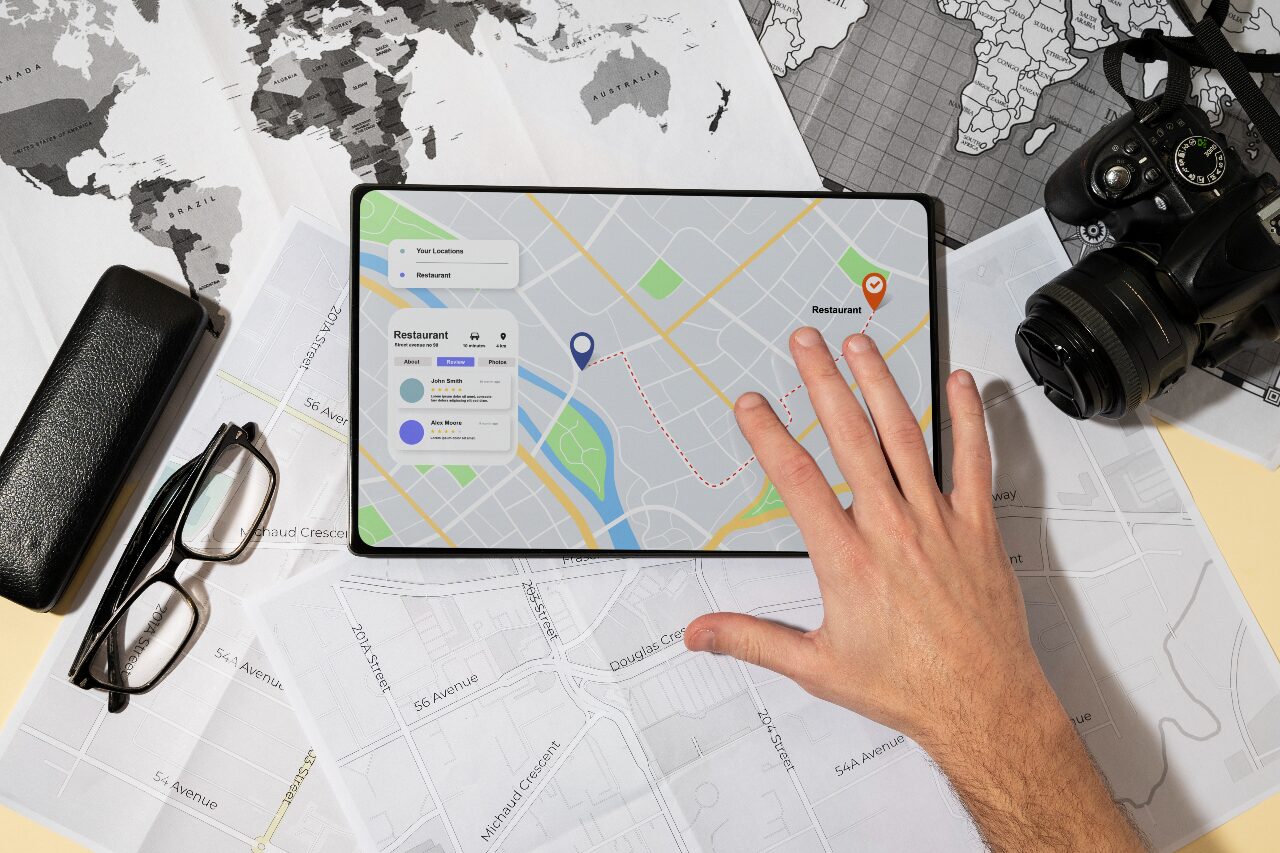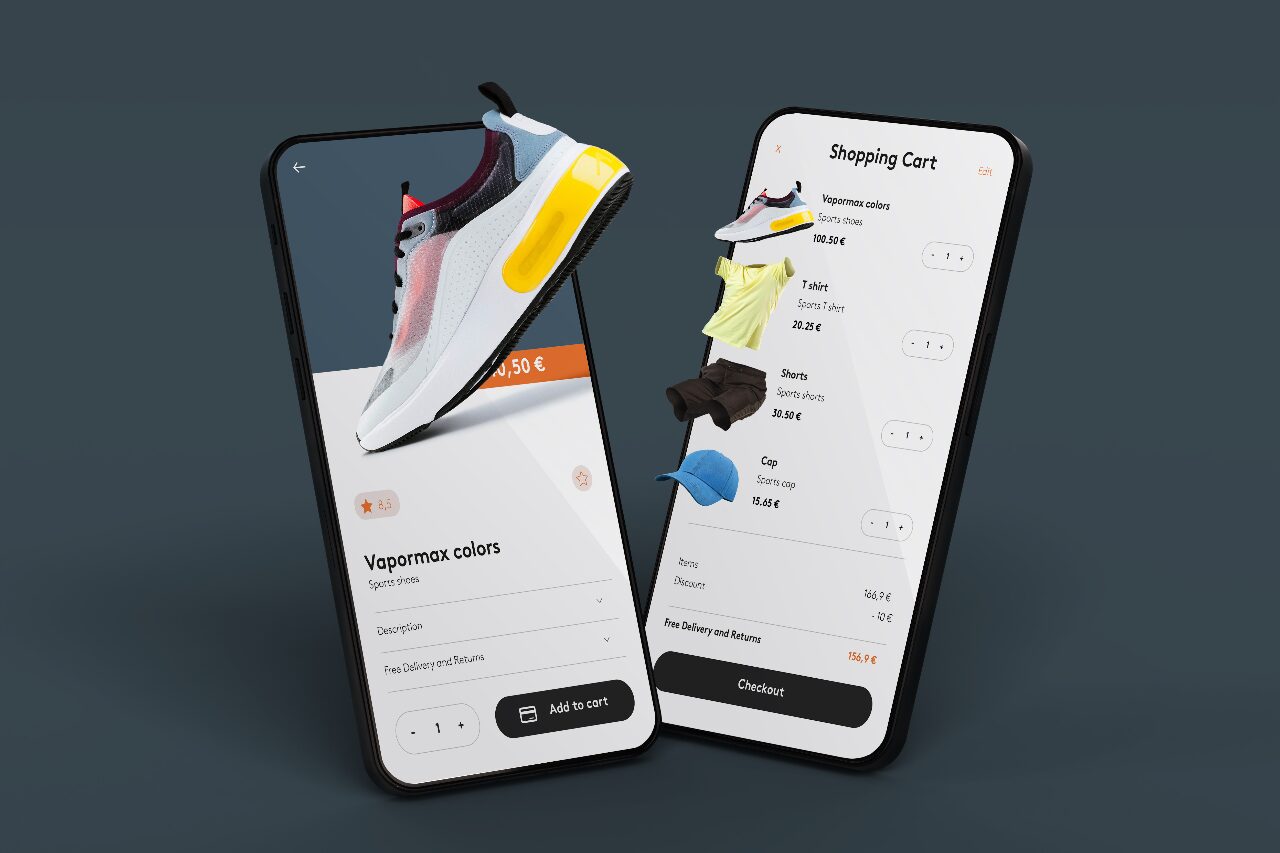The e-commerce industry has experienced significant growth in recent years, with an estimated 2.6 billion global online shoppers projected for 2025. From solo entrepreneurs to massive corporations like Ecommerce Worldwide LLC, digital commerce has become the heart of global trade.
The growth is driven by factors such as AI automation, global shipping ease, and accessible website design platforms.
Modern ecommerce isn’t just about selling products online—it’s about creating digital experiences that resonate. Smart businesses now leverage ecommerce AI to predict consumer behavior, manage inventory, and automate marketing campaigns.
Planning Your E-commerce Journey
Before diving in, define your niche and target audience. Whether you’re targeting tech enthusiasts, eco-conscious consumers, or parents looking for e-commerce platforms for kids, knowing your audience helps tailor your brand message.
Ask yourself:
- What problem does my product solve?
- Who benefits most from it?
- How can I stand out among competitors?
Once you identify your niche, research competitors and customer needs through surveys and keyword tools. This research becomes the foundation of your e-commerce growth strategy.
Building a Strong E-commerce Brand Identity
Your brand identity is your first impression. Start by choosing a catchy, relevant domain name. Then, design your website using professional e-commerce website design templates available on Shopify or WordPress.
A strong logo, color palette, and consistent tone build trust and recognition.
Pro Tip: Keep your site layout simple. Navigation should be seamless—customers should reach checkout in three clicks or less.
Choosing the Right E-commerce Platform
Platforms like Shopify, WooCommerce, and BigCommerce dominate the e-commerce space. For 2025, platforms integrated with AI-driven features outperform traditional sites. These platforms provide automated product recommendations, chatbot assistance, and data-driven insights.
Additionally, using e-commerce tools such as CRM systems, analytics dashboards, and inventory management software ensures smooth operations from day one.
Product Sourcing and E-commerce Supplies
Reliable suppliers determine your success. Build strong relationships with vendors who can deliver high-quality products on time.
Don’t overlook logistics—use sturdy ecommerce shipping boxes, high-quality tape, and an efficient ecommerce label printer to ensure professional packaging.
Pro Tip: Always order samples before committing to bulk suppliers.
Setting Up E-commerce Payments and Gift Cards
Offering secure and flexible payment methods is essential. Integrate gateways like PayPal, Stripe, or Square. To enhance loyalty, consider offering e-commerce gift cards—they boost repeat purchases and word-of-mouth marketing.
Developing a Smart E-commerce Growth Strategy
Your e-commerce growth strategy combines content, social media, and paid advertising. Leverage e-commerce AI to analyze buyer data and forecast trends.
Study ecommerce millionaires who scaled small startups into global brands by diversifying traffic sources and focusing on customer experience.
A well-structured growth plan includes:
- SEO optimization
- Targeted ads
- Influencer collaborations
- Email remarketing
E-commerce Marketing Fundamentals
Marketing is the engine of your business. Combine content marketing and social media campaigns to drive engagement. Create helpful blog posts, video tutorials, and product demos.
Email automation tools help retain customers while AI-based tools refine your campaigns in real-time.
Optimizing Customer Experience
Your customers are your ambassadors. Offer personalization through AI—recommend products based on browsing history or send tailored promotions. Simplify checkout, ensure mobile optimization, and respond promptly to inquiries.
Building trust through verified reviews and visible contact details strengthens brand credibility.
Logistics and Fulfillment Essentials
Choose reliable shipping partners and consider using an e-commerce hub to streamline fulfillment. This ensures faster delivery, better tracking, and lower costs.
Using smart automation can also help synchronize stock levels and order updates across platforms.
Scaling Your E-commerce Operations
Once your e-commerce store gains traction, the next step is scaling. Growth requires automation, delegation, and smart data management. With e-commerce AI, you can forecast demand, personalize shopping experiences, and streamline logistics.
Here’s how to scale effectively:
Automate Repetitive Tasks – Use AI chatbots, inventory automation, and customer support tools.
Expand Product Lines – Introduce complementary products or bundles.
Enter New Markets – Partner with logistics providers like Ecommerce Worldwide LLC for international shipping.
Invest in Retargeting Ads – Bring back visitors who didn’t purchase on their first visit.
Leverage Data Analytics – Identify your best-selling products and most profitable customer segments.
Scaling doesn’t mean rushing. Sustainable growth comes from balancing demand, supply, and customer satisfaction.
Common Mistakes to Avoid
Even experienced entrepreneurs fall into traps that stunt ecommerce growth. Here are the most common pitfalls:
- Overinvesting in Ads Too Early: Relying on ads before organic growth stabilizes can deplete funds quickly.
- Ignoring Customer Feedback: Negative reviews often reveal areas for improvement. Use them wisely.
- Neglecting Post-Purchase Engagement: Send follow-up emails, ask for reviews, and encourage social sharing.
- Underestimating Logistics Costs: Packaging, returns, and shipping can erode margins if not planned.
- Failing to Track Metrics: Monitor KPIs like conversion rate, average order value, and lifetime customer value.
Avoiding these mistakes ensures a smoother journey to profitability.
E-commerce for Kids: Building the Next Generation of Entrepreneurs
The world of e-commerce isn’t just for adults anymore—kids are getting in on the action too! Platforms offering e-commerce for kids teach young learners how to start mini online stores, manage digital payments, and understand customer service.
Here’s how to make e-commerce fun and safe for children:
Educational E-commerce Kits: Offer real-world learning through kid-friendly platforms.
Parental Supervision: Parents can monitor activity, ensuring security and financial safety.
Creative Product Ideas: Kids can design digital art, handmade crafts, or themed accessories.
These early experiences foster entrepreneurship, financial literacy, and creativity from a young age.
Ultimate Tools for E-commerce Success
Every successful e-commerce brand depends on the right set of tools. Let’s explore the essential e-commerce tools and software you need to succeed:
| Category | Tool Examples | Purpose |
|---|---|---|
| Store Platform | Shopify, WooCommerce, BigCommerce | Build and manage your store |
| Ecommerce AI Tools | ChatGPT, Jasper, AdCreative.ai | Automate content, design, and marketing |
| Analytics | Google Analytics, Hotjar | Track performance and user behavior |
| Email Marketing | Klaviyo, Mailchimp | Send automated campaigns |
| Ecommerce Label Printer Tools | Rollo, DYMO | Print professional shipping labels |
| Ecommerce Supplies | Uline, Packlane | Source packaging, boxes, and materials |
Having the right stack of tools ensures your operations are efficient and scalable.
Success Stories of E-commerce Millionaires
The rise of ecommerce millionaires proves that with the right mindset, strategy, and persistence, success is achievable. Many started with little capital and a lot of creativity.
Example 1: A teen entrepreneur launched a Shopify store selling sustainable fashion accessories, scaled using TikTok marketing, and crossed $1M in sales within 18 months.
Example 2: A family business selling handmade candles used e-commerce gift cards and influencer marketing to grow brand loyalty, doubling sales in one year.
These stories remind us that with the right e-commerce growth strategy, anyone can build a thriving online empire.
Future of E-commerce: AI, Automation, and Beyond
The future of e-commerce is powered by AI and automation. By 2030, most e-commerce businesses will rely on AI-driven systems for personalized recommendations, automated fulfillment, and dynamic pricing.
Upcoming trends include:
AI Predictive Analytics: Anticipate what customers want before they know it.
Voice Commerce: Shopping through smart devices like Alexa and Google Assistant.
Sustainable Ecommerce: Eco-friendly ecommerce supplies and packaging are becoming the norm.
Omnichannel Experiences: Blending online, mobile, and in-store experiences seamlessly.
Businesses that adopt AI and automation now will lead the next wave of e-commerce growth worldwide.
FAQs About Starting and Growing an E-commerce Business
1. How do I start an ecommerce business with no experience?
Start small by choosing a niche you’re passionate about, creating a store using platforms like Shopify, and learn from free online resources. Focus on marketing and customer satisfaction from day one.
2. What is the best e-commerce growth strategy in 2025?
A mix of SEO, influencer partnerships, social media engagement, and AI-driven automation forms the best growth strategy this year.
3. Are e-commerce gift cards effective for customer retention?
Absolutely. Gift cards encourage repeat purchases, reduce churn, and act as referral tools for new customers.
4. What are essential e-commerce supplies for new sellers?
You’ll need durable ecommerce shipping boxes, a quality ecommerce label printer, and eco-friendly packaging materials to maintain professionalism and protect your products.
5. How can e-commerce AI help my store?
AI can automate tasks like chat support, customer segmentation, and product recommendations—saving time and improving sales performance.
6. Can kids start an e-commerce business?
Yes! With parental supervision and age-appropriate platforms, e-commerce for kids teaches valuable life skills and introduces them to entrepreneurship safely.
7. What makes a good e-commerce website design?
A good design is responsive, easy to navigate, and visually appealing. Prioritize fast loading, clear product descriptions, and secure payment gateways.
Conclusion
Starting an e-commerce business in 2025 is one of the most rewarding ventures you can undertake. From selecting your niche to mastering your e-commerce growth strategy, every step contributes to long-term success.
With ecommerce AI, robust tools, creative marketing, and a customer-first approach, you can transform a small online store into a global brand.
Whether you’re building your first shop or scaling an existing one, remember: ecommerce success comes from learning, adapting, and staying consistent.





